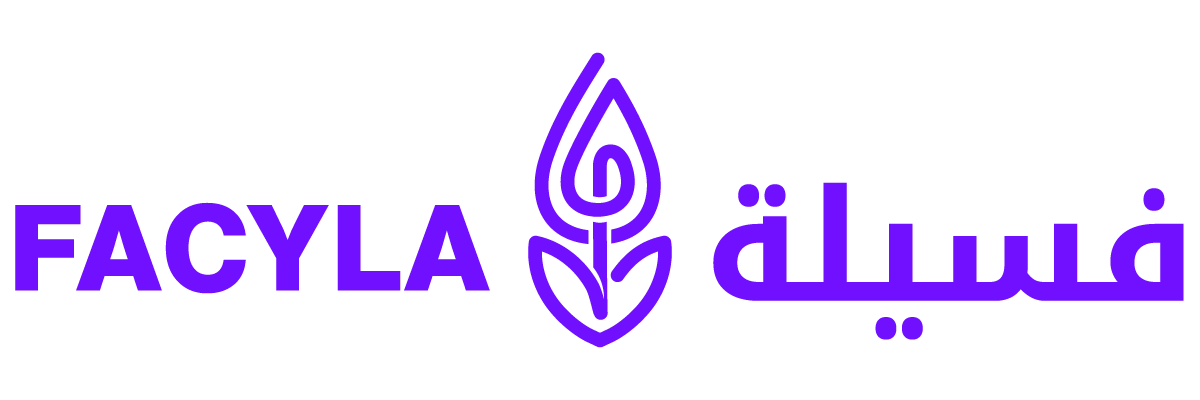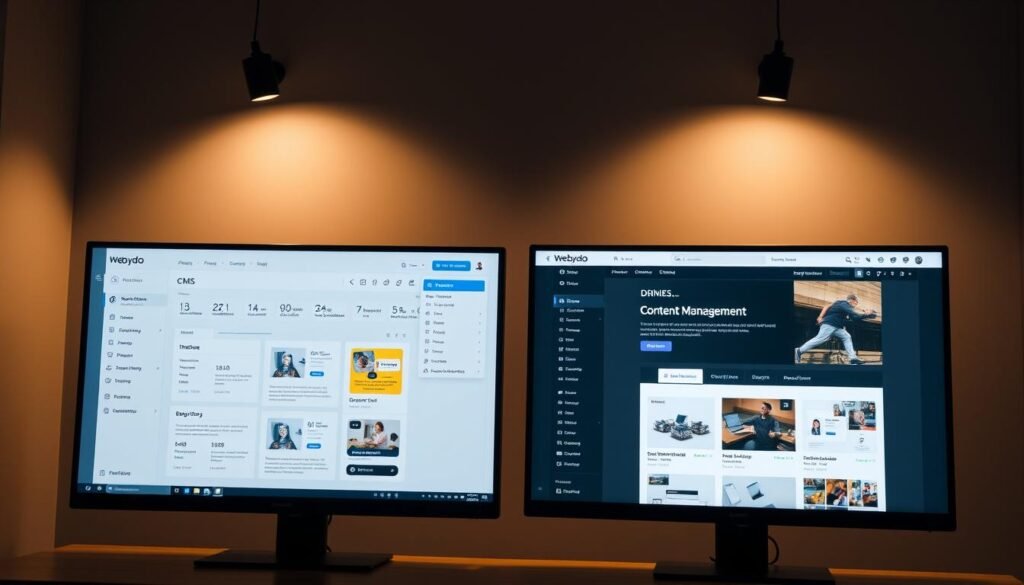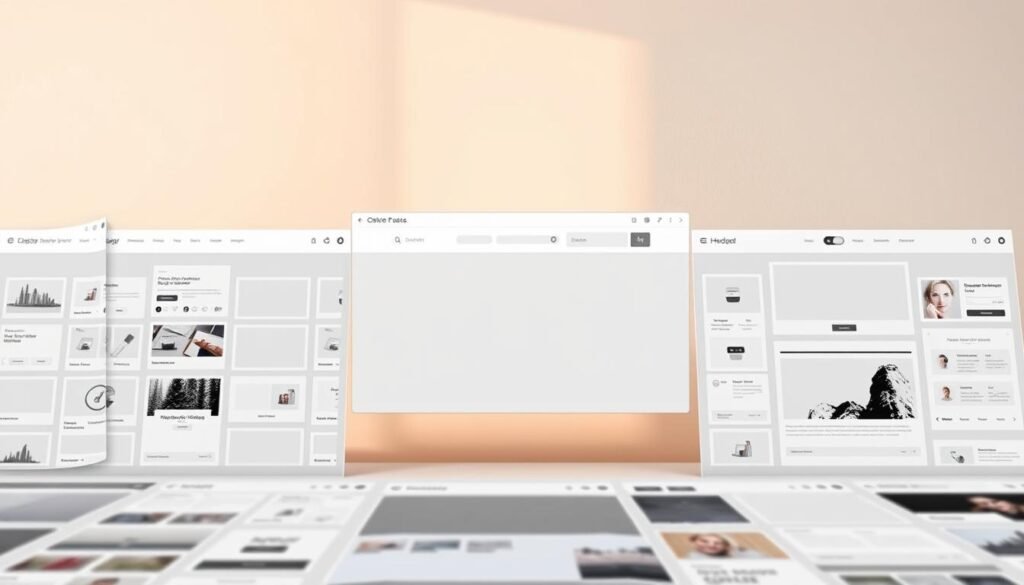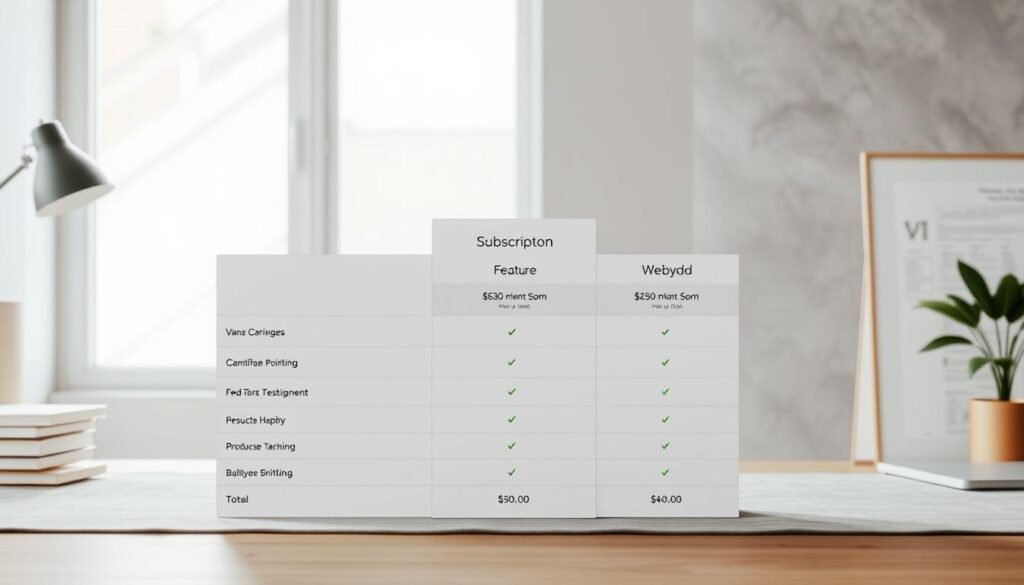Ever wondered how designers create stunning websites without writing a single line of code? The answer lies in powerful website builders like Webydo. Founded in 2012, this platform has helped over 200,000 professionals craft custom sites with ease.
Webydo is built for designers and agencies who want full creative control. Its white-label capabilities and Adobe-like interface make it stand out. No need for developers—just drag, drop, and design.
With a 9.0 AWA Score and recognition from industry leaders like HackingUI, Webydo delivers professional-grade results. Plus, its 30-day free trial and 14-day money-back guarantee let you test it risk-free.
Key Takeaways
- Webydo is a no-code platform for designers and agencies.
- Over 200,000 websites have been built using it since 2012.
- Features include white-label options and an intuitive interface.
- Rated 9.0 AWA Score by industry experts.
- Offers a free trial and money-back guarantee.
What Is Webydo?
Designers and agencies need tools that blend creativity with efficiency—Webydo delivers just that. This platform combines a content management system (CMS) with a design management system (DMS), letting teams update content while refining layouts simultaneously.
A No-Code Platform for Designers and Agencies
Its dual interface separates design and content workflows. In Design Mode (DMS), creatives craft pixel-perfect layouts. Switch to Content Mode (CMS) for client-friendly text and image updates—no coding required.
For agencies, white-label options remove all third-party branding. This ensures a seamless user experience for clients, reinforcing agency credibility.
Who Can Benefit from Webydo?
Over 73% of users are web designers, but creative professionals and SMBs also leverage it for:
- Portfolio websites with custom animations.
- Service-based business sites (consulting, freelancing).
- Agency-managed client projects.
Note: It’s less suited for complex e-commerce stores needing Shopify-like features.
Key Features of Webydo
Modern web design demands intuitive tools that bridge aesthetics and functionality. This platform delivers with features tailored for professionals who prioritize both creativity and efficiency.
No-Code Drag-and-Drop Interface
Forget complex coding—design visually with a drop interface that mirrors Adobe’s precision. Layer-based editing and grid snapping let you craft pixel-perfect layouts without touching a single line of code.
White-Label Solutions for Agencies
Agencies can remove all third-party branding, offering clients a seamless experience. Custom domains and tailored dashboards reinforce your brand’s professionalism.
Responsive Design and Mobile Optimization
Automatically adapt layouts for 12+ screen sizes with breakpoint controls. Percentage-based scaling ensures flexibility across devices, from desktops to smartphones.
Advanced Design Tools and Customization
Go beyond basics with vector shapes, 3D models, and parallax scrolling. The design tools include real-time collaboration, letting teams co-edit and track version history.
Built-In SEO and Analytics
Optimize visibility with meta tag controls and Google Analytics integration. Designs convert to clean HTML CSS, ensuring search engines can crawl your site efficiently.
Benefits of Using Webydo
Speed, flexibility, and cost savings define the top benefits of no-code platforms. Agencies report 40% faster project delivery compared to traditional methods, while saving over $15k annually by reducing developer dependencies.
Faster Website Creation Without Coding
The platform builder offers drag-and-drop tools that work 3–5x faster than WordPress development. No coding expertise is needed, letting designers focus on creativity instead of technical hurdles.
For example, DesignStudioX cut client costs by 62% by eliminating $75–$150/hour developer fees. Projects that took weeks now launch in days.
Complete Design Control and Flexibility
Unlike Wix or Squarespace, this tool provides pixel-perfect control. Reusable component libraries ensure brand consistency across every page.
Adjust layouts freely with percentage-based scaling. It adapts to diverse business needs, from portfolios to service-based sites.
Cost Efficiency for Agencies
White-label options remove third-party branding, boosting agency credibility. Teams collaborate in real-time, reducing revision rounds and overhead.
Annual savings often exceed $15k—funds better spent on marketing or client acquisition.
Limitations of Webydo
Every platform has trade-offs—understanding them helps you make informed decisions. While Webydo excels in design flexibility, it’s not ideal for all scenarios. Below are key constraints to consider.
Steep Learning Curve for Beginners
New users may spend 8–12 hours mastering the interface. Compared to platforms like Wix (2–4 hours), the learning curve is steeper. Designers familiar with Adobe tools adapt faster, but beginners should expect a ramp-up period.
Limited E-Commerce and Marketing Tools
Basic online stores require Ecwid, which caps free plans at 10 products. Missing features include abandoned cart recovery and subscription models. For marketing, built-in email tools are absent—unlike Squarespace’s all-in-one approach.
Fewer Integrations Compared to Competitors
Only 37 native integrations are available, versus 300+ in Webflow. Complex automations need Zapier, adding extra steps. Agencies needing deep CRM or payment system connections might find this restrictive.
Webydo Pricing Plans
Choosing the right pricing plan is crucial for maximizing value while staying within budget. Whether you’re a freelancer or a growing agency, transparent costs help scale projects efficiently.
Starter Plan: $12/Month (Billed Annually)
Ideal for solo designers, this plan includes basic client management tools and 10GB storage. Add-ons like premium hosting cost $5/month. Compared to Webflow’s $16 starter tier, it’s a budget-friendly entry point.
Pro Plan: $7.5/Month (Billed Annually)
At 37% cheaper than the Starter plan when billed annually, the Pro tier unlocks white-label options and 50GB storage. Agencies save $15k/year by replacing developer-dependent workflows.
Team and Agency Plans for Larger Businesses
Scaling teams pay $1,500/month for 50 sites, with collaborative tools and version history. A case study showed agencies cut project timelines by 40% using these features.
Enterprise Solutions for Custom Needs
Custom SLA agreements include DDoS protection and dedicated support. Students with .edu emails get 20% off—ideal for freelancers building portfolios.
Who Should Use Webydo?
Not all website builders cater to professionals—some are built specifically for creative minds. This platform serves designers, agencies, and SMBs needing advanced customization without coding. Over 68% of users are freelance designers or creative agencies, with top industries including creative services (41%), retail (22%), and SaaS (18%).
Web Designers and Creative Professionals
Adobe CC veterans and Figma converts thrive with this tool. The layer-based interface feels familiar to those with design experience, reducing onboarding time. Unlike beginner platforms, it offers precise control over typography, spacing, and animations.
Bloggers and affiliate marketers may find it excessive—their simpler needs are better met by templated builders. The platform excels for portfolio sites, creative studios, and service providers needing branded experiences.
Small to Medium-Sized Businesses
Consider the boutique hotel chain that redesigned their website in 3 weeks instead of 3 months. SMBs benefit from the balance of professional results and cost efficiency. The client management dashboard lets them update menus, events, and galleries without design skills.
Agencies Needing Collaborative Tools
Teams use Webydo for its role permissions and activity logs. The white-label CMS allows agencies to maintain brand consistency across client projects. Real-time collaboration cuts revision rounds by 30%, according to internal case studies.
For complex e-commerce or content-heavy blogs, alternative platforms might be preferable. But for design-led projects, this remains a top choice among creative professionals.
Webydo Alternatives
Exploring alternatives helps you find the best fit for your design needs. While Webydo excels for creative professionals, other platforms offer distinct advantages in customization, ease of use, or template variety.
Webflow for Advanced Customization
Webflow stands out for its flexibility, offering 1,000+ templates versus Webydo’s 87. Its CSS grid system grants granular control over layouts, ideal for developers who want to tweak code. However, its steeper learning curve may deter beginners.
Wix for Ease of Use
Wix’s drag-and-drop editor is beginner-friendly, with 800+ templates. Pricing ranges from $16 to $159/month, but its locked designs lack Webydo’s pixel-perfect precision. Built-in marketing tools simplify SEO and email campaigns.
Squarespace for Elegant Templates
Squarespace shines with 140+ built-in integrations and sleek templates. It’s perfect for portfolios or small businesses needing polished designs quickly. Yet, its rigid editor limits creative freedom compared to Webydo’s layer-based system.
Key comparisons:
- CMS: WordPress offers more plugins, but Webydo’s dual CMS/DMS streamlines client updates.
- Pricing: Wix starts higher ($16 vs. Webydo’s $7.5), while Squarespace lacks white-label options.
- E-commerce: Webflow and Shopify outperform both for complex stores.
Final Verdict: Is Webydo Right for You?
Deciding on the right website builder depends on your project goals and skill level. This platform shines for creatives but has limitations for complex use cases.
Best for Designers and Agencies
Its layer-based design tools suit Adobe-savvy users. Freelancers save 40+ hours/month with reusable templates. Agencies leverage white-label dashboards for client projects.
Strengths include pixel-perfect control and real-time collaboration. Weaknesses? Only 37 native integrations—fewer than competitors.
Not Ideal for Complex E-Commerce
Dropshipping or SaaS platforms will find the tool restrictive. Ecwid integrations cap product listings, and marketing automation requires workarounds.
- Try first: Use the 30-day trial and academy courses to test workflows.
- 2024 outlook: An AI design assistant is planned, potentially streamlining layouts.
Conclusion
Finding the right website builder depends on balancing creative freedom with technical needs. For designers and agencies, Webydo delivers precision but requires adaptation to its workflow.
Prioritize web design flexibility if pixel-perfect control matters. Small teams benefit from cost savings, while larger agencies leverage white-label tools.
Final recommendation: Try the free trial to test its fit for your projects. Scale seamlessly with Pro or Team plans as your business grows.
FAQ
Is Webydo suitable for beginners?
While intuitive, the platform has a learning curve. Designers with basic skills will adapt faster, but beginners may need time to explore its advanced tools.
Can I use Webydo for e-commerce websites?
It supports basic online stores but lacks deep e-commerce features. For complex shops, consider dedicated platforms like Shopify or WooCommerce.
Does Webydo require coding knowledge?
No. The drag-and-drop interface lets you build sites visually. However, HTML/CSS customization is available for those who want extra control.
How does Webydo compare to Wix or Squarespace?
It offers greater design flexibility than Wix and more agency-focused tools than Squarespace. However, it has fewer templates and integrations.
Are there white-label options for agencies?
Yes. Agencies can brand the platform as their own, offering clients seamless experiences without third-party logos.
What’s the cheapest pricing plan?
The Starter plan costs /month (billed annually). It includes hosting, basic SEO, and up to 10 pages—ideal for freelancers.
Can I export my website’s code?
Yes. Unlike many builders, Webydo allows full HTML/CSS exports, giving you ownership of your design files.
Is mobile optimization automatic?
Yes. Sites are responsive by default, but designers can fine-tune mobile layouts using the built-in editor.





